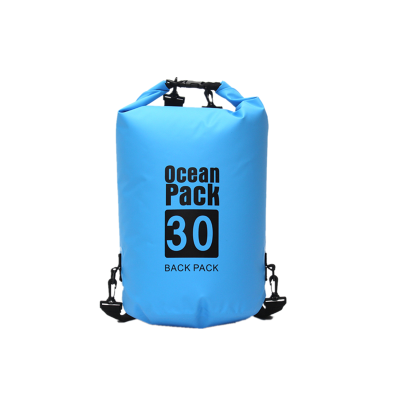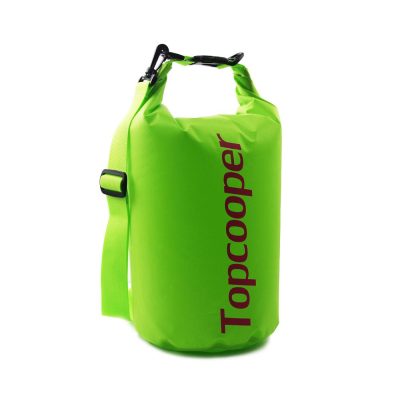When it comes to heavy-duty tarpaulins, durability is of paramount importance. Heavy-duty tarps are designed to withstand harsh environmental conditions and prolonged use, making them an ideal choice for protecting valuable equipment, covering construction sites, or providing shelter in demanding outdoor situations. Here are some key factors related to the durability of heavy-duty tarpaulins:
- Material Selection:
- The choice of material is critical for durability. Common heavy-duty tarpaulin materials include polyethylene (PE), polyvinyl chloride (PVC), and canvas. Each has its own level of durability:
- PVC tarps are known for their exceptional durability, UV resistance, and weatherproofing.
- PE tarps are strong and cost-effective, suitable for heavy-duty applications.
- Canvas tarps are rugged and provide excellent long-term durability.
- The choice of material is critical for durability. Common heavy-duty tarpaulin materials include polyethylene (PE), polyvinyl chloride (PVC), and canvas. Each has its own level of durability:
- Thickness/Weight:
- Heavy-duty tarps are typically thicker and heavier than standard tarps. The thickness is often measured in mils or ounces per square yard. Thicker tarps are more resistant to tears and punctures.
- Reinforcements:
- Look for tarps with reinforced corners and edges. These areas are prone to wear and tear, and reinforcements enhance the tarp’s longevity.
- Grommets and Tie-Downs:
- Heavy-duty tarps usually have metal or heavy-duty plastic grommets at regular intervals along the edges. These grommets provide strong attachment points for ropes, bungee cords, or tie-downs.
- Tear and UV Resistance:
- High-quality heavy-duty tarps are engineered to resist tears and punctures. UV resistance is also essential to prevent degradation from prolonged exposure to sunlight.
- Seams and Stitching:
- Check the quality of seams and stitching. Heat-sealed seams or double-stitched seams enhance the tarp’s durability and waterproofing.
- Waterproofing:
- Ensure the tarp is truly waterproof and not just water-resistant. Heavy-duty tarps should keep moisture out effectively.
- Cleaning and Maintenance:
- Regularly clean your heavy-duty tarp to remove dirt and debris that can weaken the material over time. Follow the manufacturer’s cleaning instructions.
- Storage:
- Properly store your tarpaulin when not in use. Roll it up neatly and keep it in a dry, cool place to prevent mold, mildew, and UV damage.
- Intended Use:
- Consider the specific use and environmental conditions your heavy-duty tarp will encounter. Different materials and features may be more suitable for certain applications.
- Warranty:
- Look for heavy-duty tarps with warranties. A manufacturer’s warranty can provide assurance of the tarp’s durability and quality.
- Budget vs. Quality:
- While budget constraints are important, investing in a high-quality heavy-duty tarp can save you money in the long run, as it will last longer and provide better protection.
Durability is a top priority when selecting heavy-duty tarpaulins. Choosing the right tarpaulin that matches your needs and environmental conditions will ensure it performs effectively and maintains its integrity over time.


















